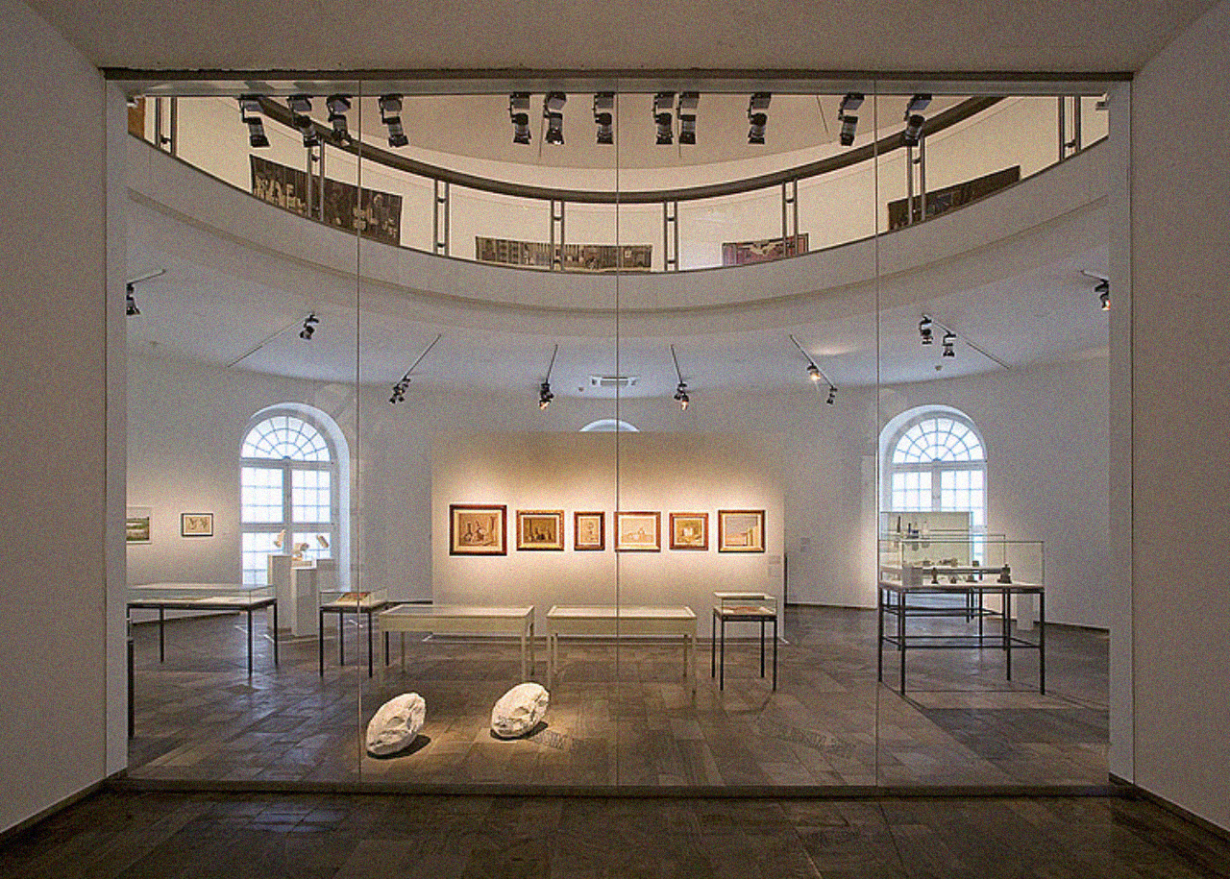From 2012: Despite the lack of a theme, a core motif explored throughout is the interconnectedness of human and natural temporalities

When asked at a press conference whether Documenta 13 is held together by a coherent curatorial thread, artistic director Carolyn Christov-Bakargiev answered succinctly: ‘The concept is to have no concept’. While this Bartlebyesque refusal might strike some as flippant, it is a statement that addresses a problem at the heart of curating group exhibitions – that of epistemological ownership. Curating a thematic exhibition means proposing a body of knowledge, the rigour and complexity of which is revealed by the curator’s sense of distinction. In the case of this particular Documenta, where an overarching theme is missing, the selected artists and their works are released from a designated thematic milieu, free to be examined on their own terms as much as on those of the exhibition as a whole.
Despite the lack of a theme, a core (and humbling) motif explored throughout Documenta 13 is the interconnectedness of human and natural temporalities. Our investment in objects to narrate this relationship is crucial – they are tokens of time immemorial (as in Carol Bove’s use of petrified wood, and Guillermo Faivovich & Nicolás Goldberg’s proposal to bring the El Chaco meteorite from Argentina to Kassel), at the fissure between natural and manmade (Giuseppe Penone’s Ideas of Stone, 2004/2008/2010) or unknown artefacts, waiting to be historicised (ancient Bactrian Princess figures). The very specific identity of Documenta, born of post-Second World War trauma, catalyses much of Christov-Bakargiev’s enquiry into conflict, destruction and recovery. Objects, in all of their objectness, are vital here. This can explicitly be seen in a display she titled ‘the brain’, a mass of objects that ranges from relics, such as Hitler’s belongings taken from his apartment by photographer Lee Miller in 1945, to wounded products of conflict, such as unidentified objects damaged during the Lebanese Civil War. Documenta 13 actively admits the inherently temporary nature of bringing these objects together in Kassel, positioning them as clues or references for a number of other conceptual and physical locations in the exhibition.

Of these, the Breitenau labour camp is the closest to Kassel and one of Documenta’s key sites, along with Kabul, Alexandria/Cairo and Banff. Breitenau, once a monastery and later a concentration camp, reminds one of the history of repression and displacement that Documenta has strived to address since its inception. Here, works by Judith Hopf and Susan Philipsz directly reference these local narratives of forced labour and the deportation of Jewish families, respectively. Departing again from the exhibition’s own history, Documenta 13 also takes place in, and references, Kabul. A key work in this regard is Mario Garcia Torres’s investigation into Alighiero Boetti’s One Hotel, which the artist ran in Kabul between 1971 and 1977. Stemming from Harald Szeemann’s invitation to Boetti to participate in Documenta 5, Garcia Torres’s retracing of the One Hotel questions the relevance of artistic engagement and the modes of empowering subjectivity in a war-torn context. At the same time, Garcia Torres investigates and ‘fulfils’ Documenta’s very own history – by finally bringing to Kassel Boetti’s Mappa, a work intended to be displayed in 1972. A similar link between past and present is evidenced by Christov-Bakargiev’s curatorial conceit whereby the exact same work of Julio González is redisplayed in its original space within the Fridericianum, where it was shown in Documenta 2 (1959): an inclusion questioning not only the relevance of González’s work today, but the very significance of participating in Documenta.
The sterility and officiality of museological display often severs collective stories of trauma and destruction from their individual and human dimension, effectively rendering the foregrounded narratives numb and abstracted. This pitfall is avoided by a number of works on view that articulate the personal and intimate challenges faced by artistic practice, not least in responding to sociopolitical histories, but just in making art. Kai Althoff ’s letter announcing his withdrawal from participation in Documenta 13 and Ceal Floyer’s ’Til I Get It Right (2005/12), a loop of Tammy Wynette singing “So I’ll just keep on / Till I get it right”) both speak of uncertainty, vulnerability and artistic impasse, while Etel Adnan’s palette knife and objects from Giorgio Morandi’s studio, shown along with Morandi’s paintings, suggest an unfaltering commitment to refining one’s vision and cultural contribution. A particularly pertinent work here is the series of apple drawings by Korbinian Aigner, a pastor who created new strains of apples while imprisoned in the Dachau concentration camp. Incredible poetic licence is taken by Christov-Bakargiev in leaving the front galleries of the Fridericianum ‘empty’ – filled with Ryan Gander’s I Need Some Meaning I Can Memorise (The Invisible Pull) (2012), a blowing breeze – emphasising an individual, embodied and phenomenological experience of art and, especially, objects.
For Documenta 13, Christov-Bakargiev enlisted a team of ‘agents’ whose expertise helped to enrich and diversify the exhibition. While on the one hand this approach loosens the ‘curator as auteur’ complex (or, to cynics, perversely heightens it), on the other it allows highly subjective choices and decisions. While some might find works by Emily Carr or Maria Martins particularly ill-fitting, one cannot firmly argue that their inclusion was misguided. Incredibly rigorous, and at times deeply moving, Christov-Bakargiev’s Documenta eschews the trap of illustrating a chosen curatorial agenda with a given work, instead pursuing displays that rest on a personal sense of affinity and resonance.
Documenta 13 at various venues, Kassel, Kabul, Alexandria/ Cairo, Banff, 9 June – 16 September 2012
From the September 2012 issue of ArtReview – explore the archive.